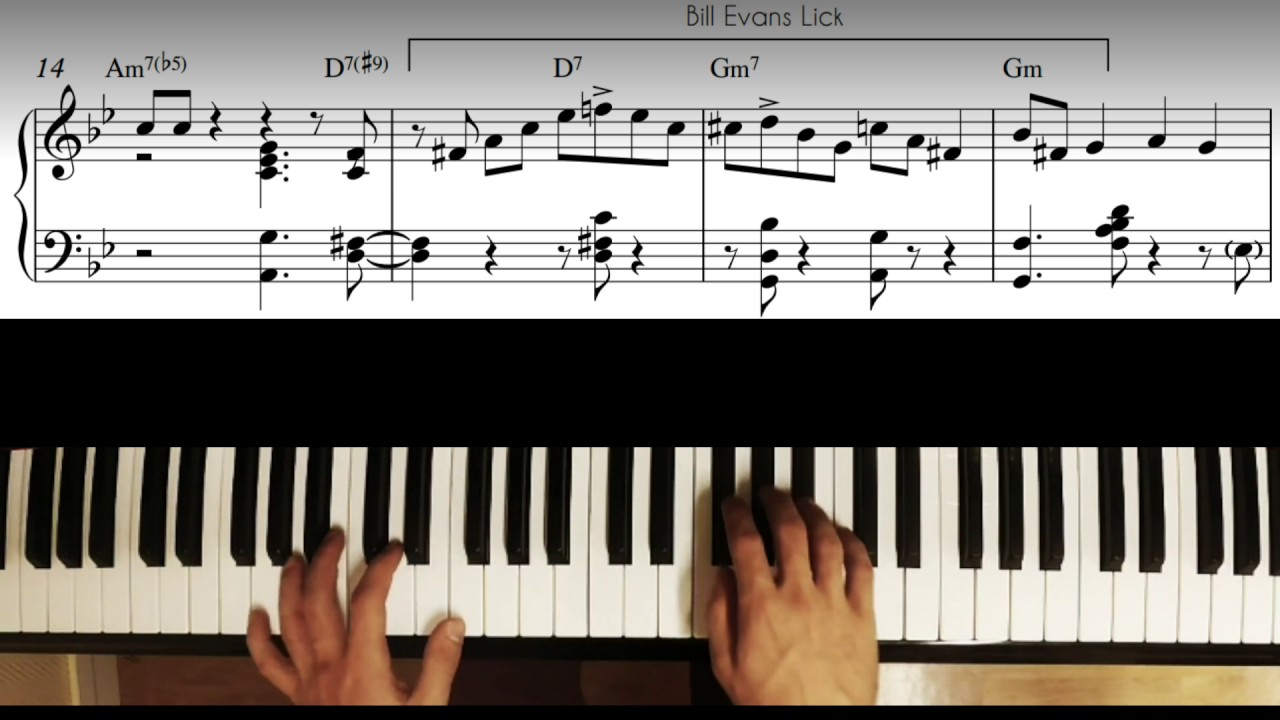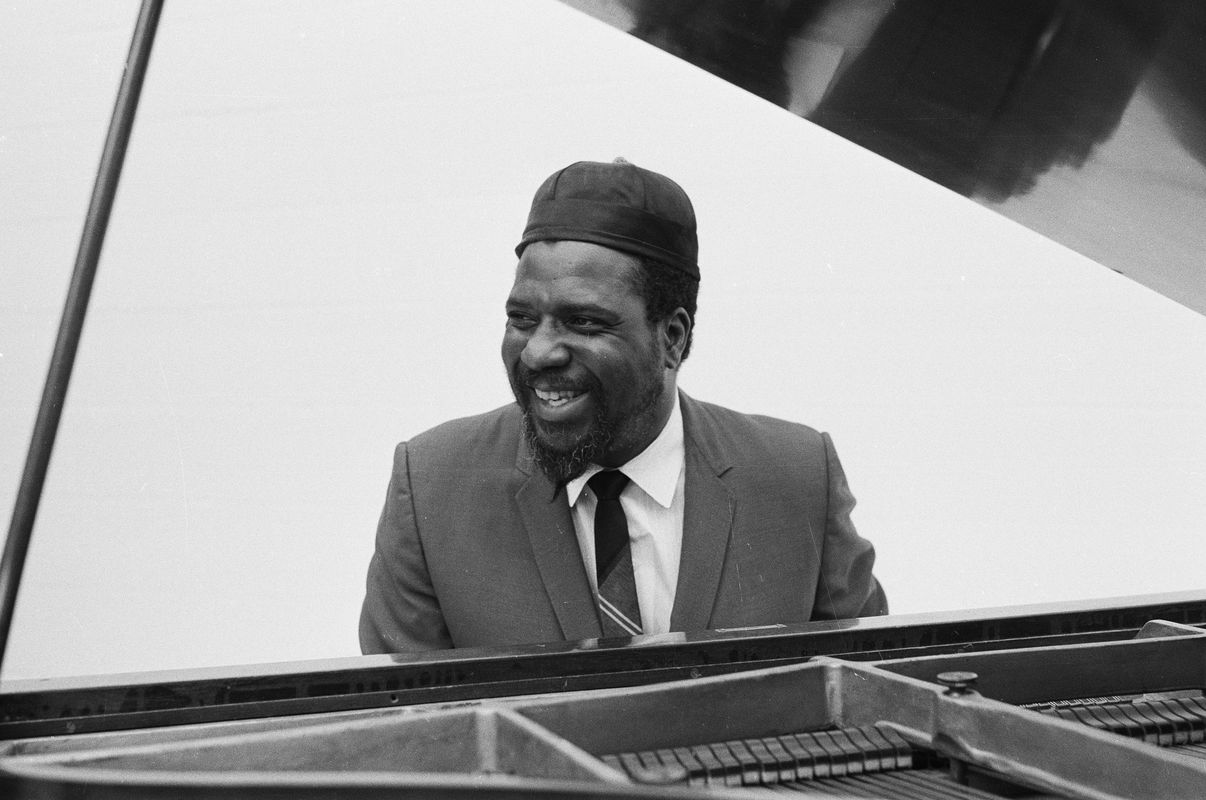Thelonious Monk has been considered one of the most original talents http://www.legacyrecordings.com that jazz has produced. A singular artist, iconoclast, whose originality led him to go unnoticed, even to be poorly valued in its initial stage, both by the public and by critics. Later, Monk would be revalued when his exceptional work was verified during years in which he never stopped evolving, showing new paths to follow in a Post-bop line.

Biography
Thelonious Sphere Monk was born in 1917, in Rocky Mount, North Carolina. At the age of three, he moved to New York with his family, to the neighborhood of San Juan Hill, in Manhattan, a neighborhood in which James P. Johnson also lived, where music is very present.

He began to play the piano from a very young age, first as a self-taught person and later receiving lessons, taking advantage of the piano that he had at home in which his sister practiced. He also studied music theory at the Juilliard music academy. Soon I would begin to discover jazz in which I would mark a before and after in a very personal, daring, innovative and expressive style.
One of the first recordings that recorded his style occurs in 1941 indirectly. In the back of the Minton’s Playhouse, a student at Columbia University, called Jerry Newman, was trying to record guitarist Charlie Christian capturing several passages from Thelonious’ piano.
Minton’s Playhouse was a famous Harlem club on 118th Street, which bet on the latest jazz trends and in which Thelonius Monk, main pianist, used to play regularly with other musicians such as Coleman Hawkins, Kenny Clarke, Charlie Parker or Dizzy Gillespie, their Jazz piano lessons wonderful This is where Thelonius lets us glimpse his daring technique, always declined to show more expressiveness in music, leaving the manual dexterity in the background, although this, as you can see in his playing, is also not simple as Monk used an unconventional fingering that, together with other specific techniques, allowed him to achieve the authentic sound character of the blue note.
In 1944, some discs with Coleman Hawkins went on sale in which Monk made an important contribution giving more samples of his talent. Although it did not have much impact, Monk began to be heard at a difficult moment in his career. I’m here, on one of those albums, on the On the Bean track.
Thelonius distinguished himself by contributing to the evolution of the bebop style despite the fact that his records were not carried away by the supposed rules that govern such style. I would not record again until 1947, when the famous Blue Note series of records began to be created. Their discs did not follow the clichés of bebop, except for some passages, so they were received with some confusion. Monk, who always reinvented himself, had surpassed the bebop style. But a little laterhis creations begin to be reconsidered and qualified as the most significant and original of modern jazz, being later cataloged as one of the most important composers that jazz has had with Duke Ellington. Many of his compositions have become great classics like Round Midnight or Straight No Chase, but the true spirit of Monk is appreciated in songs like Four in One, Ronal, Evidence (video) , Mysterious , Crises Cross , etc.



